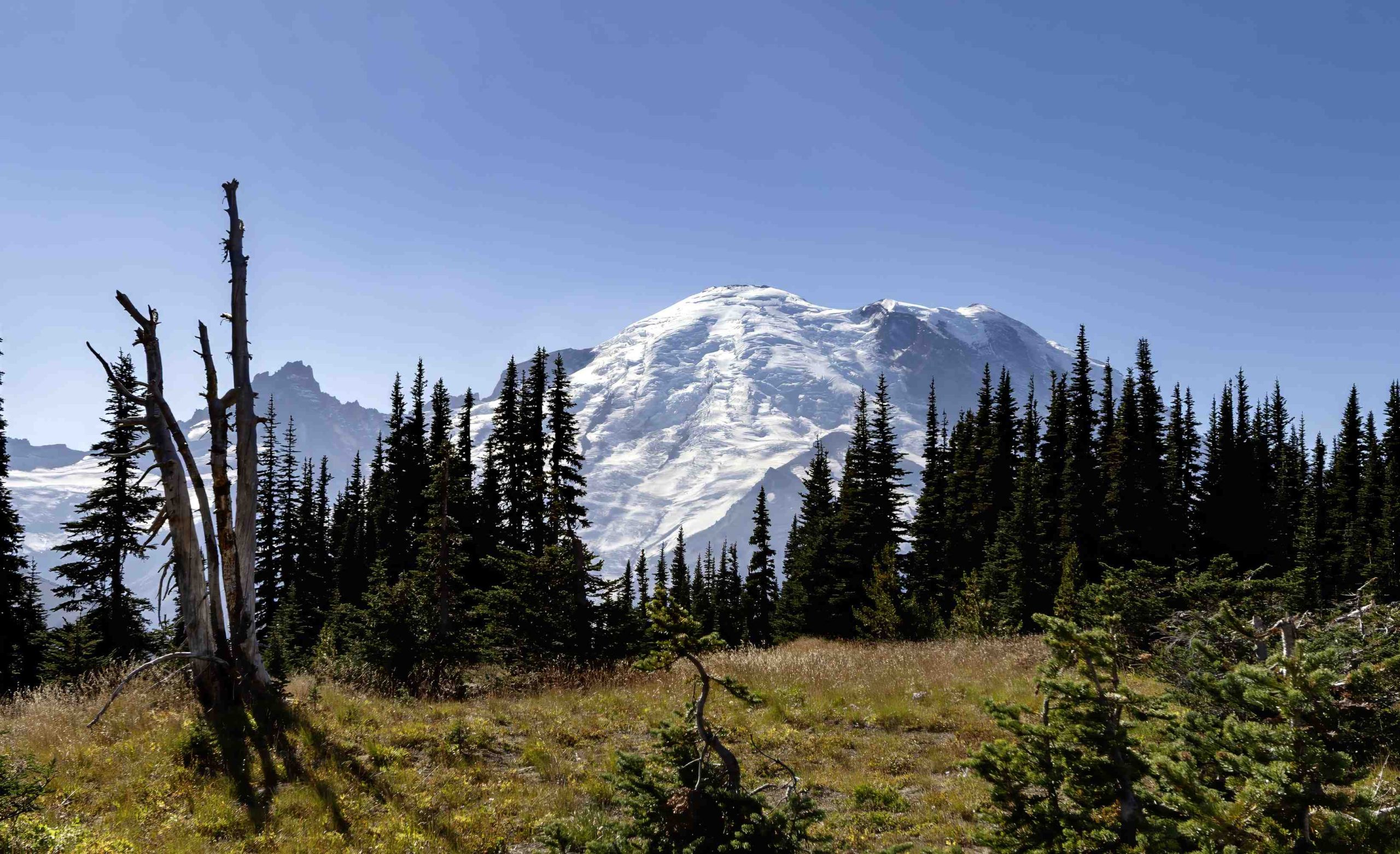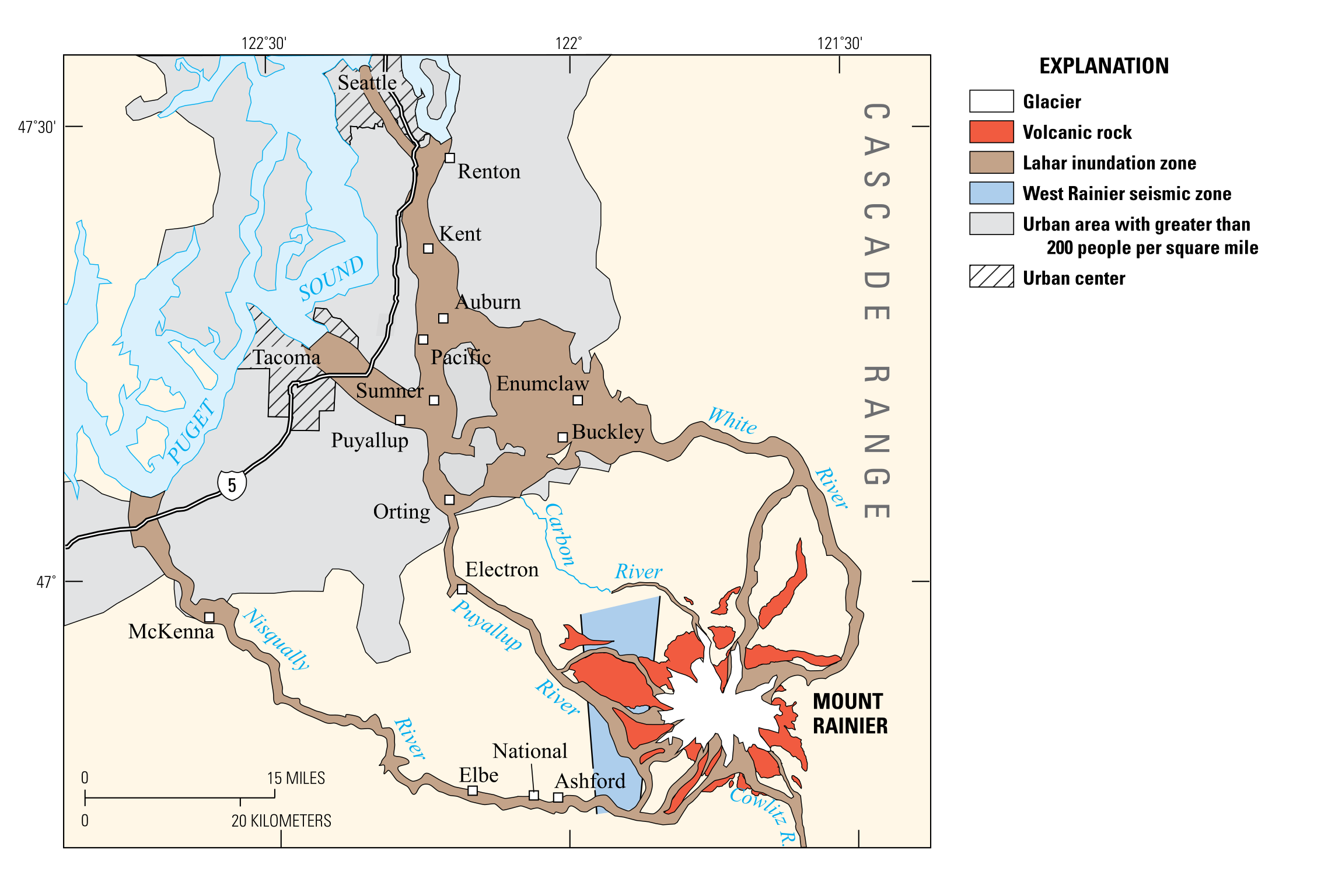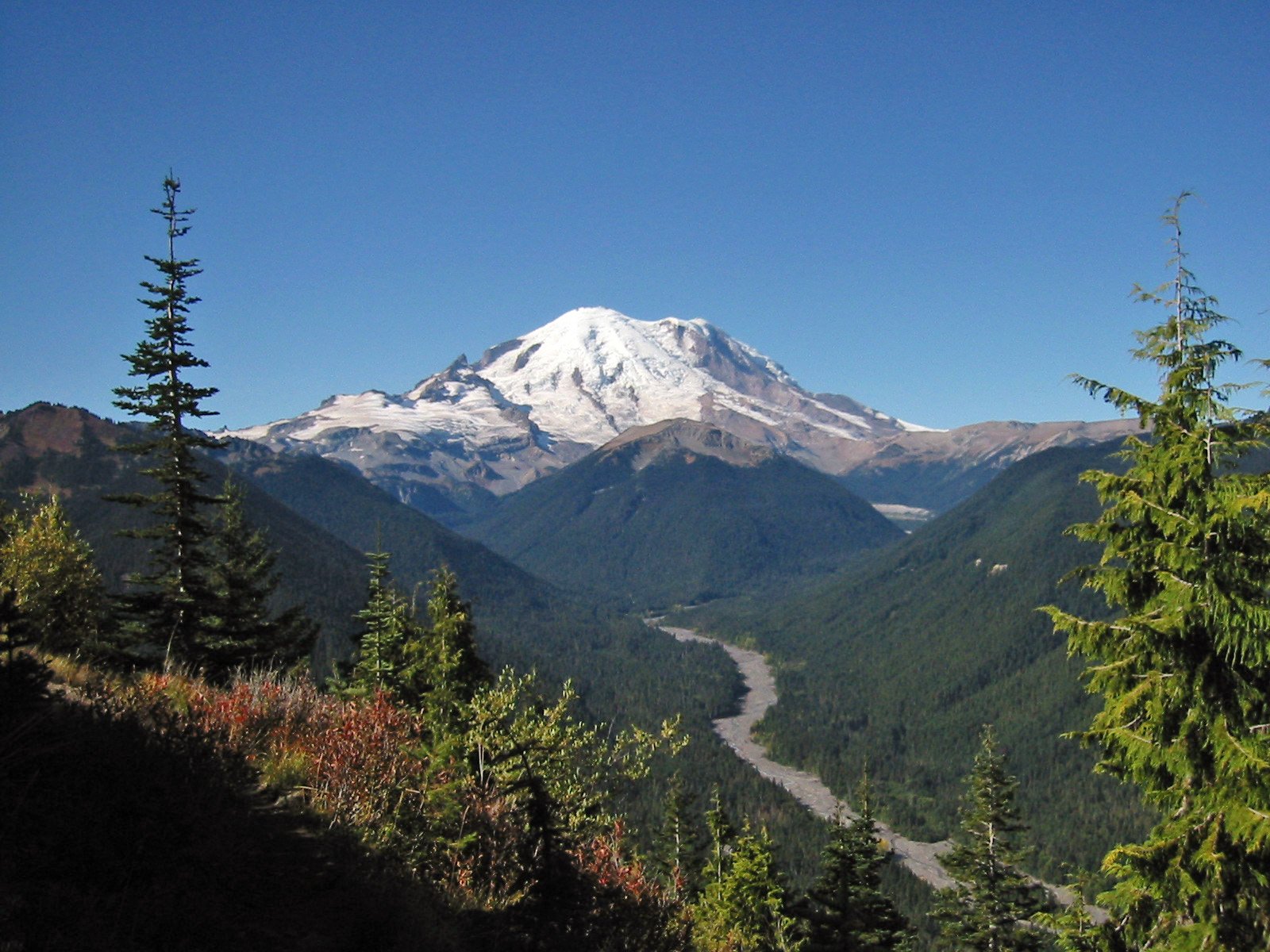Mount Rainier National Park, known for its stunning landscapes and diverse ecosystems, faces unique air quality challenges. The park’s air quality is generally good but can be affected by various factors including regional pollution, wildfires, and long-range transport of pollutants. This guide provides an in-depth look at the current air quality status, monitoring efforts, and potential impacts on visitors and the environment in Mount Rainier National Park.
What is the Current Air Quality Status in Mount Rainier National Park?

The air quality in Mount Rainier National Park is typically classified as ‘Good’ to ‘Fair’ for most individuals. Recent data shows an Air Quality Index (AQI) of 18, which is considered ideal. However, air quality can fluctuate due to various factors:
- Wind direction
- Temperature changes
- Nearby fire activities
- Long-distance transport of pollutants from urban and industrial areas
Key areas like Paradise and Longmire are regularly monitored, with air quality generally ranging from fair to good.
How Does Air Quality Vary Throughout the Day in the Park?

While specific hourly fluctuations are not provided in real-time, several factors influence daily air quality variations:
- Temperature inversions
- Wind patterns
- Sunlight intensity (affecting ozone formation)
- Local and regional pollution sources
Visitors should be aware that air quality can change rapidly, especially during fire seasons or periods of high pollution from nearby urban areas.
What Pollutants Are Monitored in Mount Rainier National Park?
The National Park Service conducts comprehensive air quality monitoring at Mount Rainier, focusing on several key pollutants:
| Pollutant | Description | Impact |
|---|---|---|
| PM2.5 | Fine particulate matter | Can penetrate deep into lungs |
| PM10 | Larger particulate matter | Affects respiratory system |
| Ozone (O3) | Ground-level ozone | Can damage vegetation and human health |
| Nitrogen Dioxide (NO2) | Gaseous pollutant | Contributes to acid rain and smog |
Additionally, the park monitors:
– Visibility impairment
– Atmospheric depositions
– Ecological effects of air pollutants
What Are the Current Pollution Levels in Mount Rainier?
Recent measurements show:
- PM2.5: Excellent (around 2.5 μg/m³)
- PM10: Fair (around 10 μg/m³)
- Ozone (O3): Excellent (around 3 ppb)
- NO2: Excellent (around 2 ppb)
These levels generally meet national air quality standards, though ozone can sometimes exceed health standards, particularly affecting sensitive groups and vegetation.
How Does Mount Rainier’s Air Quality Compare to National Standards?
Mount Rainier’s air quality typically meets or exceeds national standards:
- Most pollutants remain within acceptable ranges
- Ozone levels occasionally exceed health standards, especially in summer
- Particulate matter levels are generally low but can spike during wildfire events
The park’s location away from major urban centers contributes to its generally good air quality, but it’s not immune to regional and long-range pollution transport.
Are There Any Current Air Quality Alerts for Mount Rainier National Park?
As of the latest available data:
- No significant active air quality alerts for Mount Rainier
- Visitors should be aware of potential smoke impacts from regional fires
- Current forecast indicates improving air quality conditions
However, it’s crucial for visitors to stay informed about changing conditions, especially during fire seasons.
What Precautions Should Visitors Take Regarding Air Quality?
Visitors should consider the following precautions:
- Check current air quality reports before visiting
- Bring appropriate gear (e.g., masks) if air quality is forecasted to be poor
- Limit outdoor exertion during periods of moderate to unhealthy air quality
- Stay hydrated and take frequent breaks when air quality is compromised
- Be especially cautious if you belong to sensitive groups (children, elderly, those with respiratory conditions)
How Does Air Quality Affect the Park’s Ecosystem?
Air quality has significant impacts on Mount Rainier’s ecosystem:
- Vegetation: High ozone levels can damage plant leaves and needles
- Water Bodies: Acid deposition can affect aquatic ecosystems
- Wildlife: Poor air quality can impact animal health and behavior
- Visibility: Pollutants can reduce scenic views and overall visitor experience
The National Park Service conducts ongoing research to understand and mitigate these impacts.
What Measures Are in Place to Improve Air Quality in Mount Rainier National Park?
The park implements several measures to monitor and improve air quality:
- Continuous air quality monitoring stations
- Collaboration with regional air quality management agencies
- Public education programs on air quality and its impacts
- Implementation of emission reduction strategies within the park
- Participation in national air quality research initiatives
These efforts aim to preserve the park’s natural beauty and protect its diverse ecosystems for future generations.
Mount Rainier National Park’s air quality is a crucial aspect of its environmental health and visitor experience. While generally good, it faces challenges from regional pollution and natural events like wildfires. Ongoing monitoring and management efforts strive to maintain and improve air quality in this iconic national park.
References:
1. https://www.accuweather.com/en/us/mount-rainier/98321/air-quality-index/2623073
2. https://www.nps.gov/mora/learn/nature/airquality.htm
3. https://wasmoke.blogspot.com

